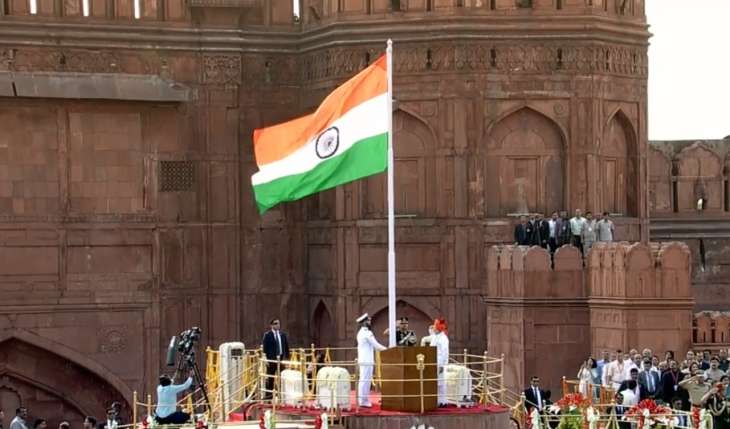[ad_1]

Republic Day 2023: It is that time of the year when you’ll be able to hear India’s national anthem, Jana Gama Mana being played at various locations during Republic Day celebrations. Republic Day is an important event for the country as it marks the adoption of India’s constitution and the country’s transition to a republic on January 26, 1950. Every year, spectacular military and cultural pageantry are organised In New Delhi. It takes months of preparation to put up a glorious show. As India gears up to mark the 74th Republic Day, you should also be prepared for the momentous occasion. You can start by knowing about our national anthem, Jana Gana Mana.
1. Who wrote the national anthem? The national anthem – ‘Jana Gana Mana’ was originally composed as Bharoto Bhagyo Bidhata in Bengali language called ‘sadhu bhasa’. It was penned by India’s first Nobel Prize winner (2013) Rabindranath Tagore on December 11, 1911.
2. The national anthem was first sung on December 27, 1911 at the Calcutta (now Kolkata) Session of the Indian National Congress. It was performed for the first time in Hamburg on September 11, 1942.
3. A formal rendition of the national anthem takes 52 seconds.
4. The underlying message of the ‘Jana Gana Mana’ is pluralism. It was adopted by the Constituent Assembly as the National Anthem of India on January 24, 1950.
5. The national anthem is slightly based on ‘Raag Alhiya Bilawal’, a classical raga, but not entirely. It is the most commonly performed raga of a large group of ragas that are mainly based on a scale more or less identical to the western major scale.
6. As quasi-Sanskrit text, it is acceptable in many modern Indic languages. However, the pronunciation of the words varies considerably across the country. This is primarily because most Indic languages are abugidas — a type of writing system whose basic characters denotes consonants followed by a particular vowel, and in which diacritics denote other vowels.
7. The musical notations for the English translation of the national anthem were set by Margaret, wife of poet James H Cousins, who was the principal of Besant Theosophical College.
8. Netaji Subhas Chandra Bose commissioned a free translation of the national anthem from Sanskritized Bengali to Urdu-Hindi. The translation was written by Captain Abid Ali, composed by Captain Ram Singh Thakur and was called ‘Subah Sukh Chain’.
9. The song, which consists of five stanzas, has almost entirely nouns that also can function as verbs. Most of the nouns of the song are in use in all major languages across the country.
10. The national anthem remains more or less unchanged in different languages.
[ad_2]
Source link


